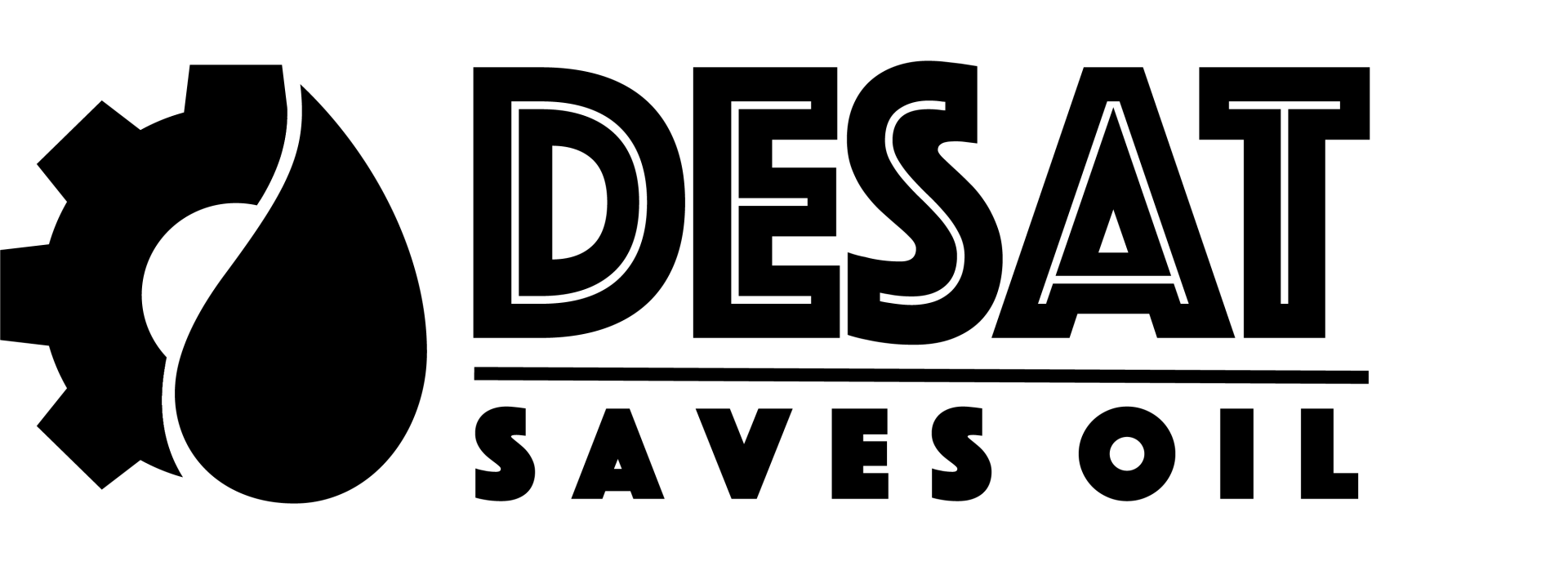What's desaturation
Numerous methods have been developed to selectively remove water and other volatile contaminants from hydraulic and lubricating fluids. The most common scrubbers are derivatives of vacuum distillation processes used in refineries. The process involves expanding oil to produce a high-surface-area to facilitate the vaporous extraction of water and certain other contaminants.
To much energy is used
Distillation involves heating, vaporization, condensation, and cooling of vapors. Distillation separates components of a liquid mixture by partial vaporization and separate recovery of the vapor and liquid residue. The more volatile components, water, for instance, convert to the vaporous state while the less volatile components remain as a liquid (the oil). The vapor is subsequently condensed or purged into the atmosphere. Completeness of separation depends on the properties of the components (e.g., boiling point) and the efficiency of the distillation process.
What's common
Vaporization is the change from a liquid to a vapor state. The change typically requires the addition of heat energy to the liquid. Heat can be introduced just before distillation, or in some cases, the oil's normal operating temperature may be sufficient.
Now, these are all quite large-sized installations, requiring a lot of space and a significant quantity of energy.

